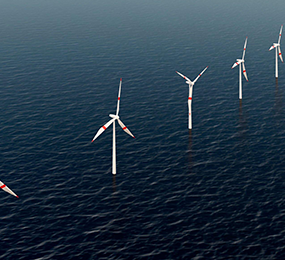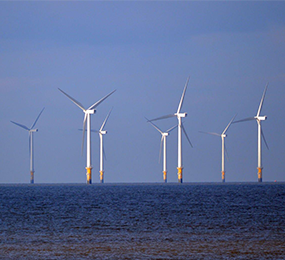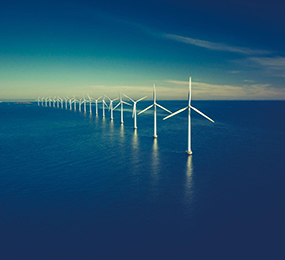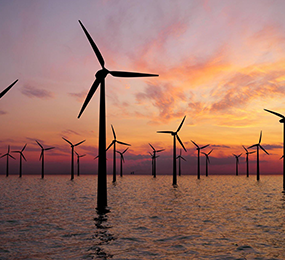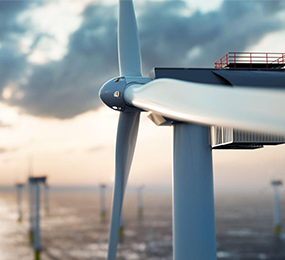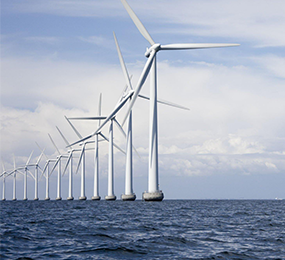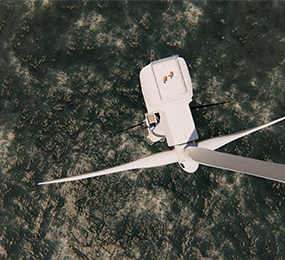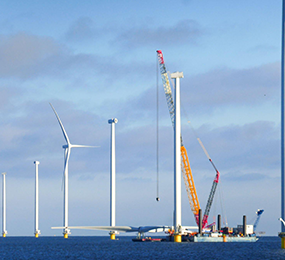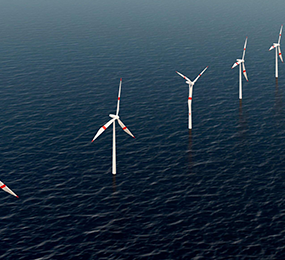The global push towards sustainable energy has led to the development of various renewable energy technologies. Among these, floating offshore wind energy is emerging as a significant contender, particularly for countries with deep coastal waters where traditional fixed-bottom offshore wind installations are not feasible. But how does the cost of this innovative technology stack up against other renewable energy sources such as solar, onshore wind, and hydropower?
Current Costs and Challenges
Floating offshore wind energy is still relatively new, with commercial-scale projects only beginning to gain traction. As a result, the current cost of floating offshore wind energy is higher compared to more established renewable energy sources. The cost per megawatt-hour (MWh) for floating offshore wind can range from $100 to $200, depending on the location, technology, and scale of the project. This is significantly higher than the costs associated with onshore wind and solar power, which can range from $30 to $60 per MWh and $20 to $50 per MWh, respectively.
Several factors contribute to the higher costs of floating offshore wind energy. These include the complexity of the technology, the need for specialized floating platforms, and the challenges of installation and maintenance in deep waters. Additionally, floating offshore wind projects require a more robust transmission infrastructure to bring electricity to shore, further adding to the costs.
Comparative Advantages and Future Trends
Despite its higher initial costs, floating offshore wind energy offers several advantages that make it a promising addition to the renewable energy mix. Unlike onshore wind and solar, floating offshore wind can harness the stronger and more consistent winds found far from the coast, leading to higher capacity factors and more reliable energy generation. This could offset some of the higher upfront costs over the long term.
Moreover, the cost of floating offshore wind energy is expected to decrease as the technology matures and economies of scale are achieved. Ongoing research and development, coupled with increased investment and government support, are driving down costs, with projections suggesting that floating offshore wind could become cost-competitive with other renewable energy sources within the next decade.
While the cost of floating offshore wind energy is currently higher than other renewable energy sources, its unique advantages and potential for cost reductions make it a vital part of the future energy landscape. As technology advances and more projects are developed, floating offshore wind could become a key player in the transition to a more sustainable and resilient global energy system.
To register or learn more about the Forum please check here: https://www.leadventgrp.com/events/5th-annual-floating-wind-europe/details
For more information and group participation, contact us: [email protected]


